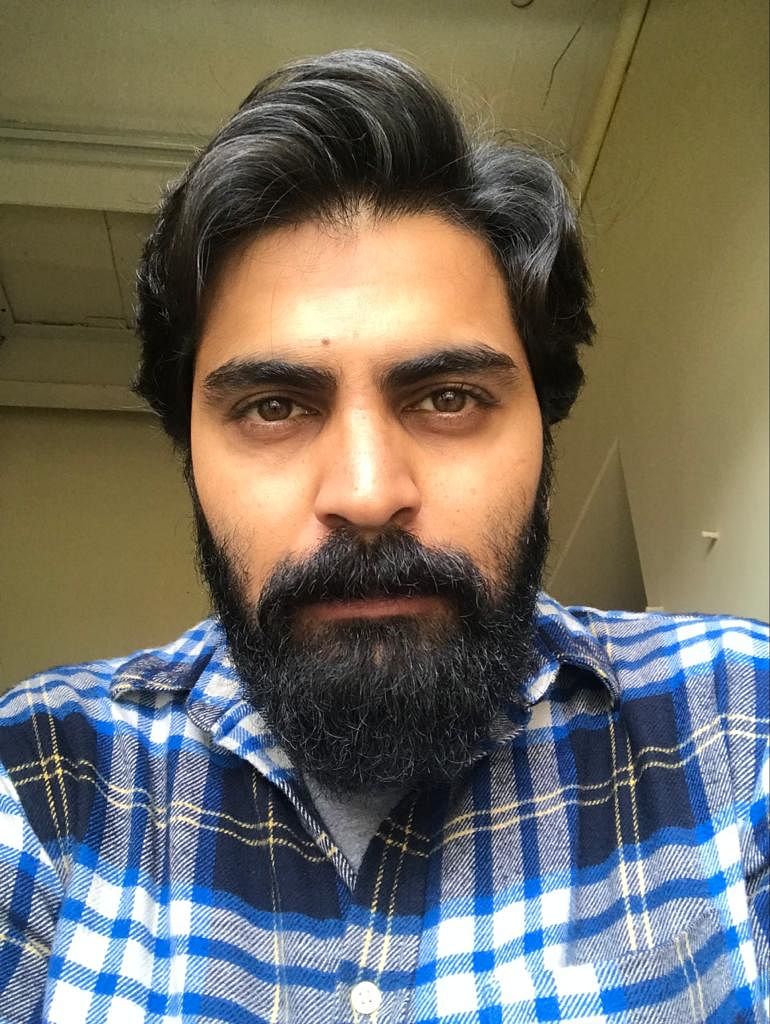Vokkaliga consolidation gives 'Ahinda CM' his worst nightmares
An ‘insulting’ statement by a Congress leader against Uttar Pradesh Chief Minister Yogi Adityanath was made into an insult to Vokkaligas by the BJP. Reason: Yogi belongs to the ‘Natha Pantha’ tradition that is followed by Adichunchanagiri, an influential Vokkaliga mutt.
That was just one of the many attempts to pit the numerically-strong Vokkaliga community against the ruling Congress in the run-up to the May 12 Assembly elections. The dominant Vokkaliga community is estimated to form 12-15% of Karnataka’s six crore population.
A strained relationship between Chief Minister Siddaramaiah and Vokkaligas is simmering beneath the high-decibel campaign, pundits point out. Siddaramaiah has left no stone unturned to project himself as a leader of the Ahinda — minorities, backward classes and Dalits. In that process, it is argued that welfare schemes were discriminatory, benefiting communities other than the Vokkaligas.
That Vokkaligas were overlooked in the administration is another reason. For instance, many Vokkaliga ministers including D K Shivakumar and T B Jayachandra, backed IPS officer H C Kishore Chandra to become Director General of Police. Chandra, however, lost the top post to Neelamani N Raju.
“The Vokkaliga anger seems to be a reaction to the fact that their officers were not given some posts they were expecting,” said M J Vinod, professor of Political Science at Bangalore University.
The politically-aware community is angry with the Siddaramaiah-led Congress for various reasons, according to political analyst S Mahadeva Prakash. “Siddaramaiah grew politically amid and with the help of Vokkaligas. But it seems as though he stepped on them.”
The ‘Vokkaliga consolidation’ theory stemmed from the Old Mysuru region ever since Siddaramaiah decided to contest from the Chamundeshwari Assembly constituency, where he will face incumbent legislator G T Deve Gowda of the JD(S). “It was G T Deve Gowda who managed all of Siddaramaiah’s elections in Chamundeshwari. But Siddaramaiah did not allow him to grow politically and he was isolated,” Prakash said.
There is also anger over the way Siddaramaiah has been treating former prime minister and JD(S) supremo H D Deve Gowda. “Siddaramaiah went against Deve Gowda, who helped his political growth in a big way. In fact, Deve Gowda overlooked leaders such as M P Prakash, C Byre Gowda, P G R Sindhia, B Somashekar, Basavaraj Patil Anwari and B L Shankar in the Ramakrishna Hegde camp to help Siddaramaiah grow,” Prakash said. “One of the first things Siddaramaiah did after becoming chief minister was to remove Deve Gowda’s portrait from Vidhana Soudha.”
A Vokkaliga outfit in Mysuru has publicly announced that it will not support Siddaramaiah in the polls. The so-called consolidation of Vokkaligas against him is said to be the reason behind Siddaramaiah’s decision to contest from a second seat — Badami — where the population of Kurubas, the community which he belongs to, is high.
JD(S) spokesperson Ramesh Babu, however, said there was no ‘concerted effort’ to consolidate Vokkaliga votes. “The chief minister’s attitude towards Vokkaligas is allowing this consolidation to happen,” he said.
“Sample this: When H D Kumaraswamy was chief minister for 20 months, his secretariat had 90% OBC and minorities and the rest were Vokkaligas. In Siddaramaiah’s secretariat, 90% officials are his own. What message is this sending out?”
The Congress and the BJP have an approximate base vote share of 24%, Vinod said. “If they need the additional 12% vote share to reach the magic figure of 113 seats, they have to woo Vokkaligas,” he said with a rider that the word ‘consolidation’ was a relative term. “It may or may not reflect on the ballot.”
